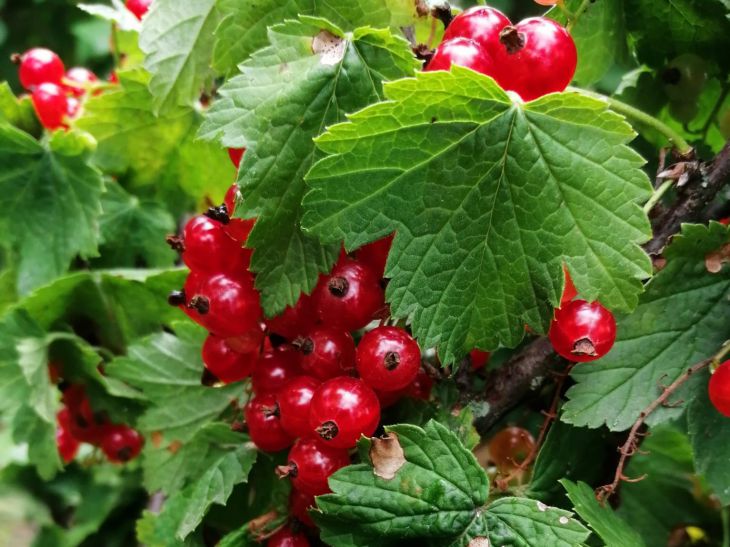What to do with currants in spring so that they produce a bountiful harvest
Properly organized spring care for currants can work wonders.
The berries grow large, juicy and very sweet.
Trimming
Before the buds begin to bloom, it is necessary to carry out pruning. All frost-damaged, old and broken branches are removed. Also, those branches that will thicken the bush after the foliage blooms should be removed.
Otherwise, the berries that set will be hidden by the foliage. Due to the lack of sunlight, they will grow small and sour.
An adult bush should have 15-20 branches, healthy and well-developed. Black currant fruiting decreases on branches that are more than 4 years old. Red and white currants can have branches up to 5-6 years old.

As soon as the ground thawed
As soon as spring has begun and the threat of severe frosts has passed, it is necessary to remove the mulch from the tree trunks. In winter, it saved the plant roots from freezing, creating a barrier between the frosty air and the soil. But in spring, mulch also isolates the soil from warming up, which can slow down the awakening of the bush for 1-2 weeks.
If you want to speed up the soil warming even more, you can lay black film in the tree trunk circle. The black color is intensely heated by the sun's rays and the soil under the film becomes warm much faster.
As soon as the buds wake up
As soon as a green top appears on the buds, this is a signal that the plant has woken up and needs nitrogen fertilization.
Now is the time to add ammonium nitrate or urea according to the instructions. It would also be a good idea to spread a bucket of rotted compost around the tree trunk. If compost is added, the dosage of nitrate or urea can be halved.
Two mandatory feedings
For the berries to be large and sweet, the plant needs potassium. Any phosphorus-potassium fertilizer can be used for fertilization. If you prefer natural remedies, take regular ash. You need to pour 10 liters of infusion onto an adult currant bush. To do this, take 2 glasses of ash per bucket of water. Ash is poured with water and infused for 2 days.
The problem with ash is that it strongly alkalizes the soil. If the area has neutral or alkaline soil, it is recommended to extinguish it with vinegar or citric acid beforehand. For 2 cups of ash, you need to take about 2 cups of vinegar. Add gradually. The ash solution should fizz. This means that a reaction is taking place.
When buds appear on the currant, it is necessary to carry out the first feeding with phosphorus-potassium fertilizer. The second feeding is carried out when the berries grow to half the size specified by the variety.
If you follow these simple recommendations, the currants will fill you with not only an abundant, but also a tasty harvest.
